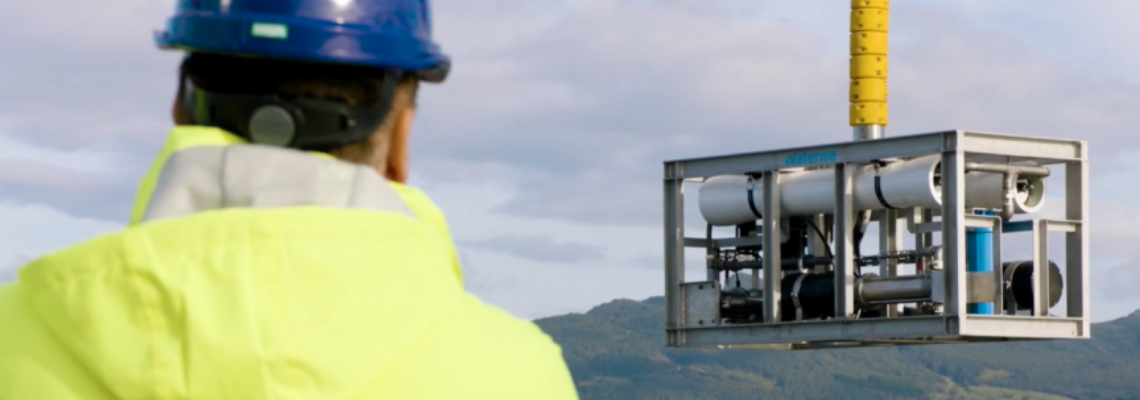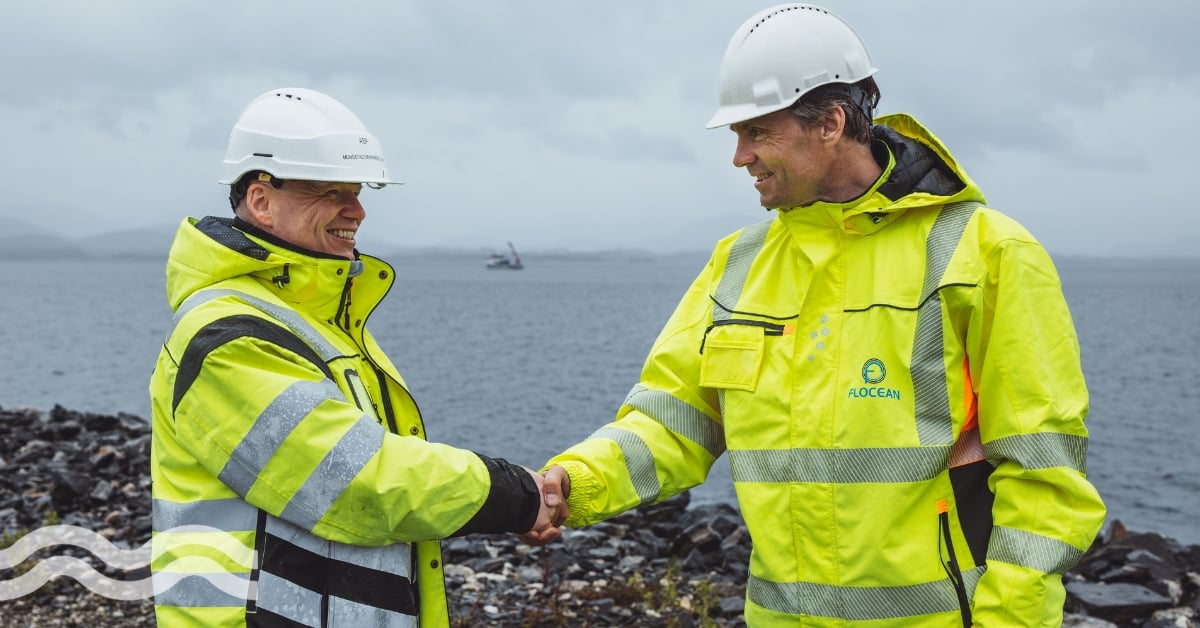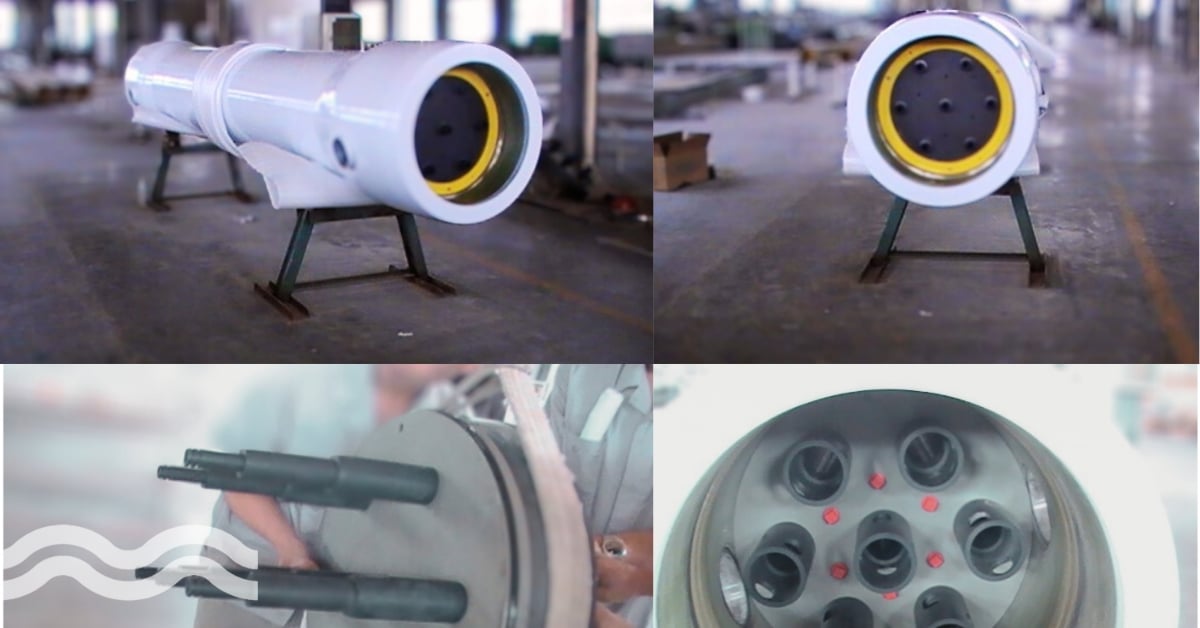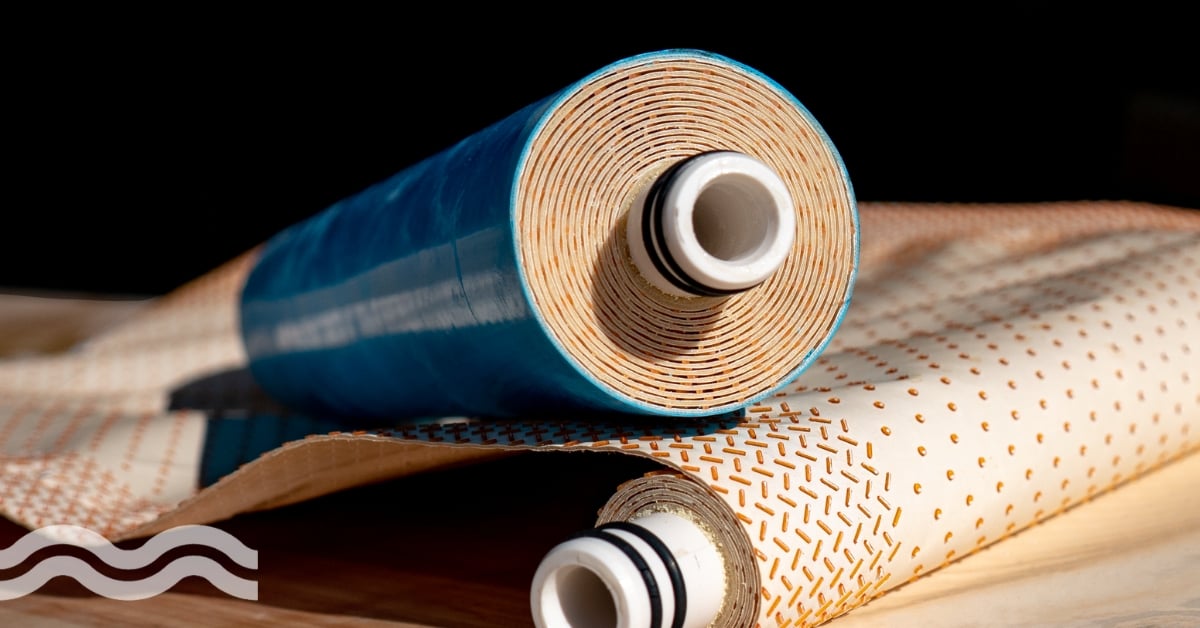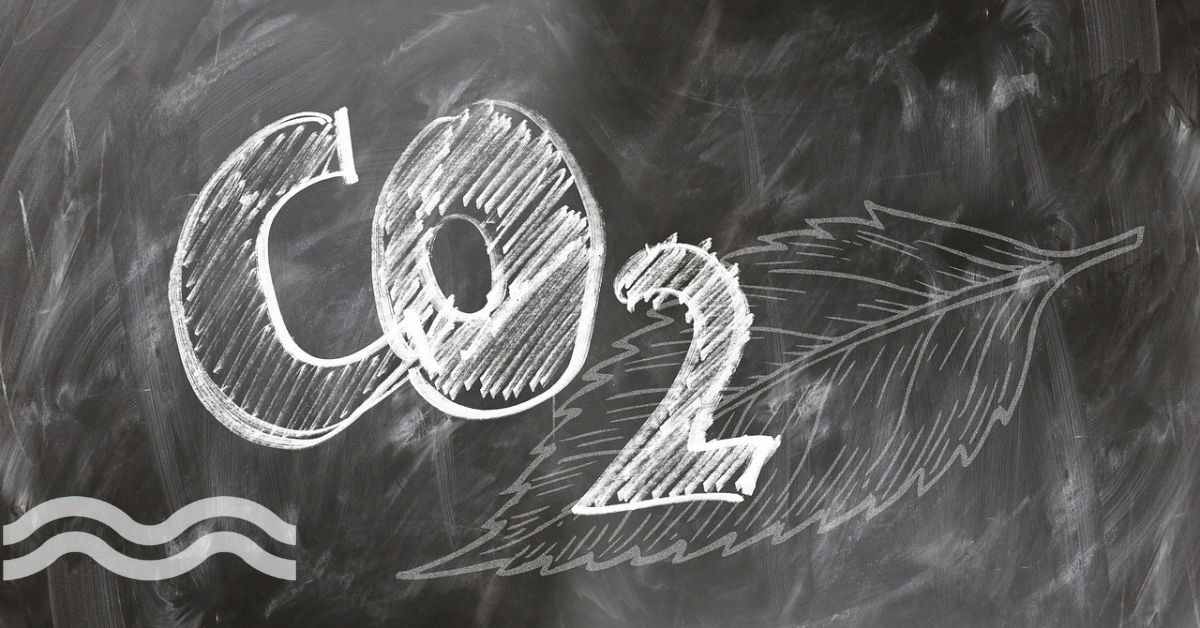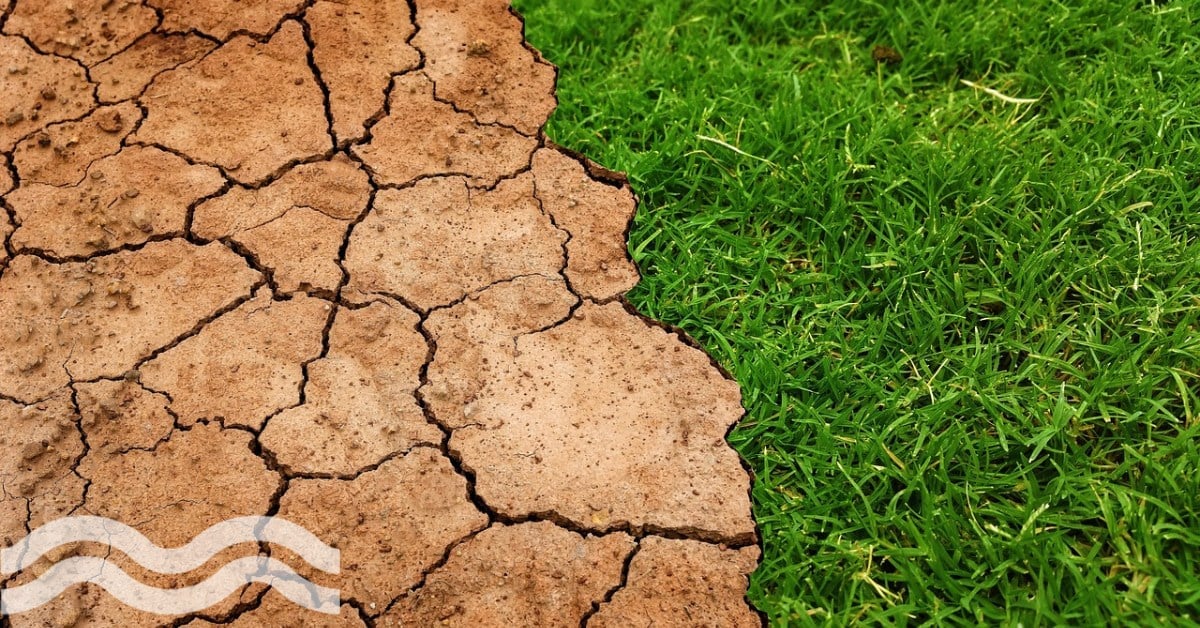Subsea desalination moves forward following Waterise partnership
The first major subsea desalination plant is moving ahead following collaboration between Norwegian company Waterise and Rosenberg Worley.
Positive news from Stavanger
Back in the summer, Aquatech Online investigated Norwegian start-up Waterise and its novel approach to operate a modular desalination system 400m underwater on the seabed.
Since then, positive news has emerged from Stavanger, Norway, with the first major subsea desalination plant now moving ahead.
Engineering and fabrication company Rosenberg Worley has been awarded the contract to develop a cost-efficient solution for the plant's modularisation, installation and operation.
Each subsea plant module is expected to produce 13 million gallons of freshwater per day (59,000 m3/day) – said to be enough to support a mid-to-large-city.
Borja Blanco, CEO of consultancy Aqua Advise and chief commercial officer at Waterise, told Aquatech Online that the organisation is "getting pretty close to a real project opportunity" but did not elaborate further.
How sub-sea desalination works
By submerging containerised desalination systems below sea level, the Norwegian company believes it leverages natural hydrostatic “pre-membrane pressure”.
A pilot project in Boknafjorden, Norway, has so far demonstrated a 40 per cent reduction in energy compared to conventional reverse osmosis (RO) technologies.
“An umbilical connection provides electricity and communication, as well as a pipeline that brings water back to the shore.”
The desalination system combines existing RO membrane technology from DuPont Water Solutions with existing Norwegian subsea technology used in oil and gas applications over the last two decades.
At a depth of 400m, the plant is connected via an “umbilical connection”, a cable that provides electricity and communication, as well as a pipeline that brings water back to the shore.
The distance to the shore will depend on the location to reach the 400m depth, but on average, the company said this would be between 5-7km from the shore.
Trial results and Worley partnership
Results from the Boknafjorden trial have shown an energy consumption of 1.8-2 kWh/m3 compared to 3.3 to 3.6 kWh/m3 for land-based, terrestrial desalination.
“We’re now taking our technology into the first full-scale plant.”
Rosenberg Worley will become a strategic partner “based on its competence and capacity in both subsea operation systems as well as desalination,” said Niels Petter Wright, CEO of Waterise AS.
He added: “We’re now taking our technology into the first full-scale plant.”
Related content
- One answer to more sustainable desalination? Go 400m underwater
- Mike Dixon: Creating an AI “Netflix model” for desalination
- Qatar desalination trial provides hope for thermal innovation
Share your water technology stories with us
Do you have an innovation, research results or an other interesting topic you would like to share with the international water technology industry? The Aquatech website and social media channels are a great platform to showcase your stories!
Please contact our Sr Brand Marketing Manager Annelie Koomen.
Are you an Aquatech exhibitor?
Make sure you add your latest press releases to your Company Profile in the Exhibitor Portal for free exposure.
We promise never to send you spam and you can unsubscribe at any time!
